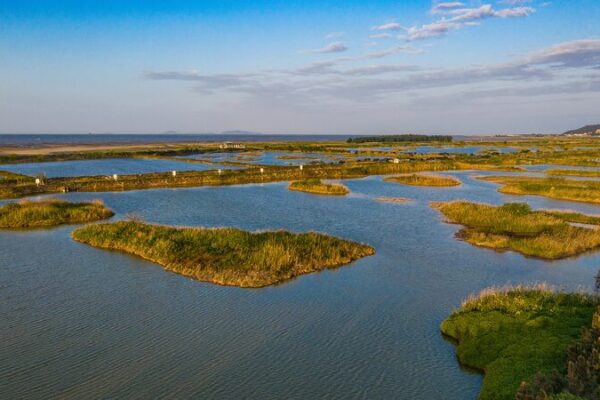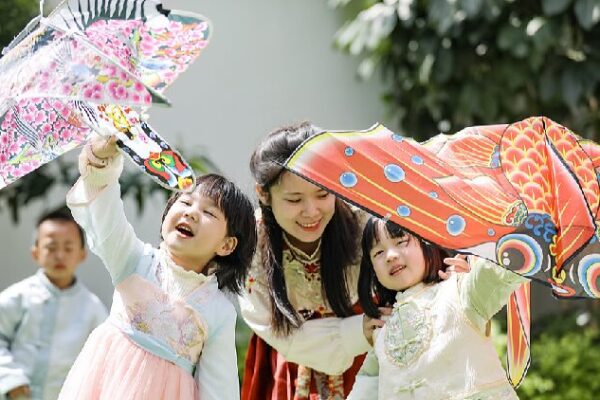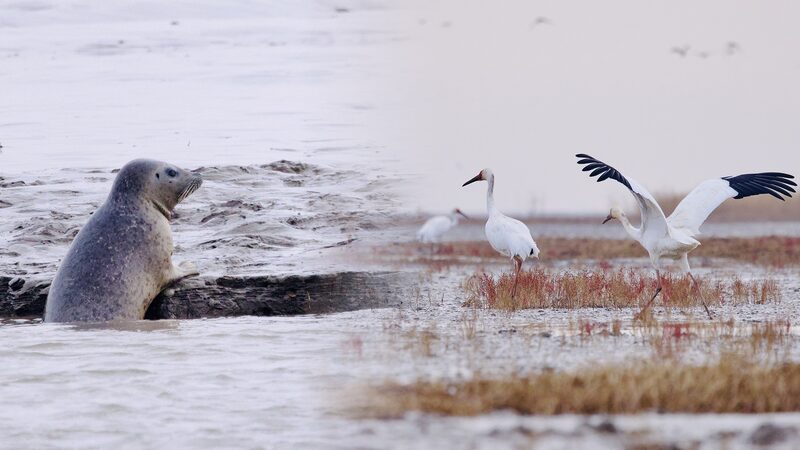Starting late autumn, Beijing’s Yongding River has become a hotspot for birdwatchers as dozens of rare bird species, including peregrine falcons and black-winged kites, have made it their temporary home. The arrival of these wild birds is more than a spectacle; it’s a barometer of the region’s ecological health.
An Indicator of Environmental Health
The flourishing bird population reflects significant improvements in Beijing’s ecological conditions. Over the past months, the bird habitat enhancement area near Miyun Reservoir in northeast Beijing has seen over 10,000 migratory birds gather, a testament to the city’s revitalized environment.
By the end of 2023, Miyun Reservoir recorded 235 bird species, an increase of 45 species since 2020. Species under first-class national protection have become regular visitors, signaling a positive shift in the local ecosystem.
Transforming Beijing’s Waterways
This transformation wasn’t always apparent. In the past, rapid urbanization and over-exploitation of water resources led to ecological degradation. The turning point came at the end of 2014 with the South-to-North Water Diversion Project, which brought water from Hubei Province to quench Beijing’s thirst.
Today, nearly 80% of the water consumed in Beijing’s urban areas travels over 1,000 kilometers from the Danjiangkou Reservoir in a 15-day journey. This massive undertaking has ensured sufficient and high-quality water supplies, contributing to the rehabilitation of the city’s key reservoirs like Miyun, Huairou, and Daning.
A Flourishing Biodiversity
According to Beijing’s latest terrestrial wildlife catalog, the city is now home to 519 bird species, accounting for one-third of the country’s total and up by around 100 species from a decade ago. The enhancement of the water environment has played a pivotal role in this biodiversity boost.
The South-to-North Water Diversion Project, the largest of its kind globally, has diverted over 76.7 billion cubic meters of water to northern regions over the past 10 years, benefiting more than 185 million people.
The return of these birds not only brings beauty to Beijing’s skies but also serves as a symbol of the city’s successful efforts in environmental restoration and sustainable development.
Reference(s):
Return of birds highlights Beijing's better water environment
cgtn.com








